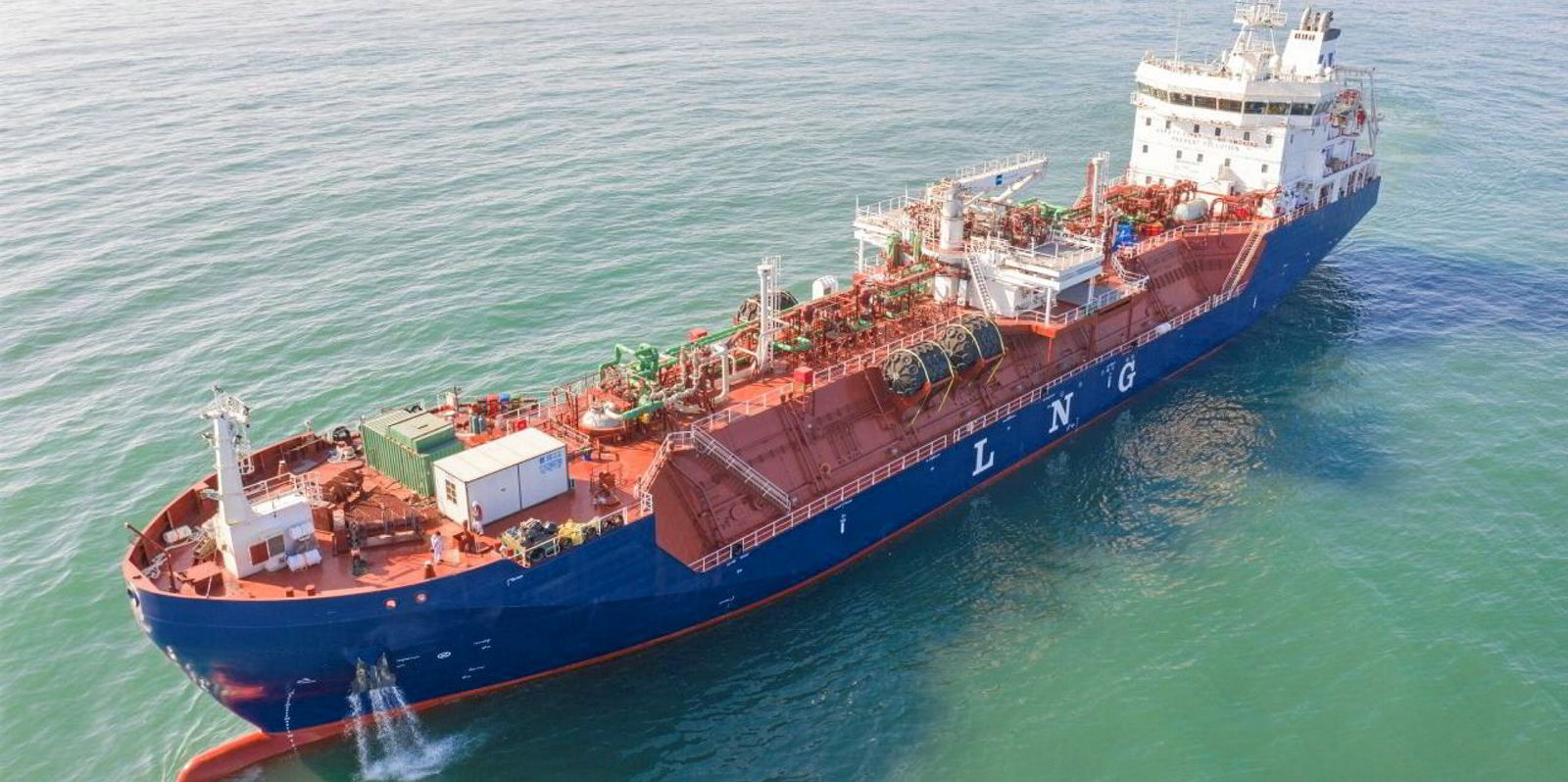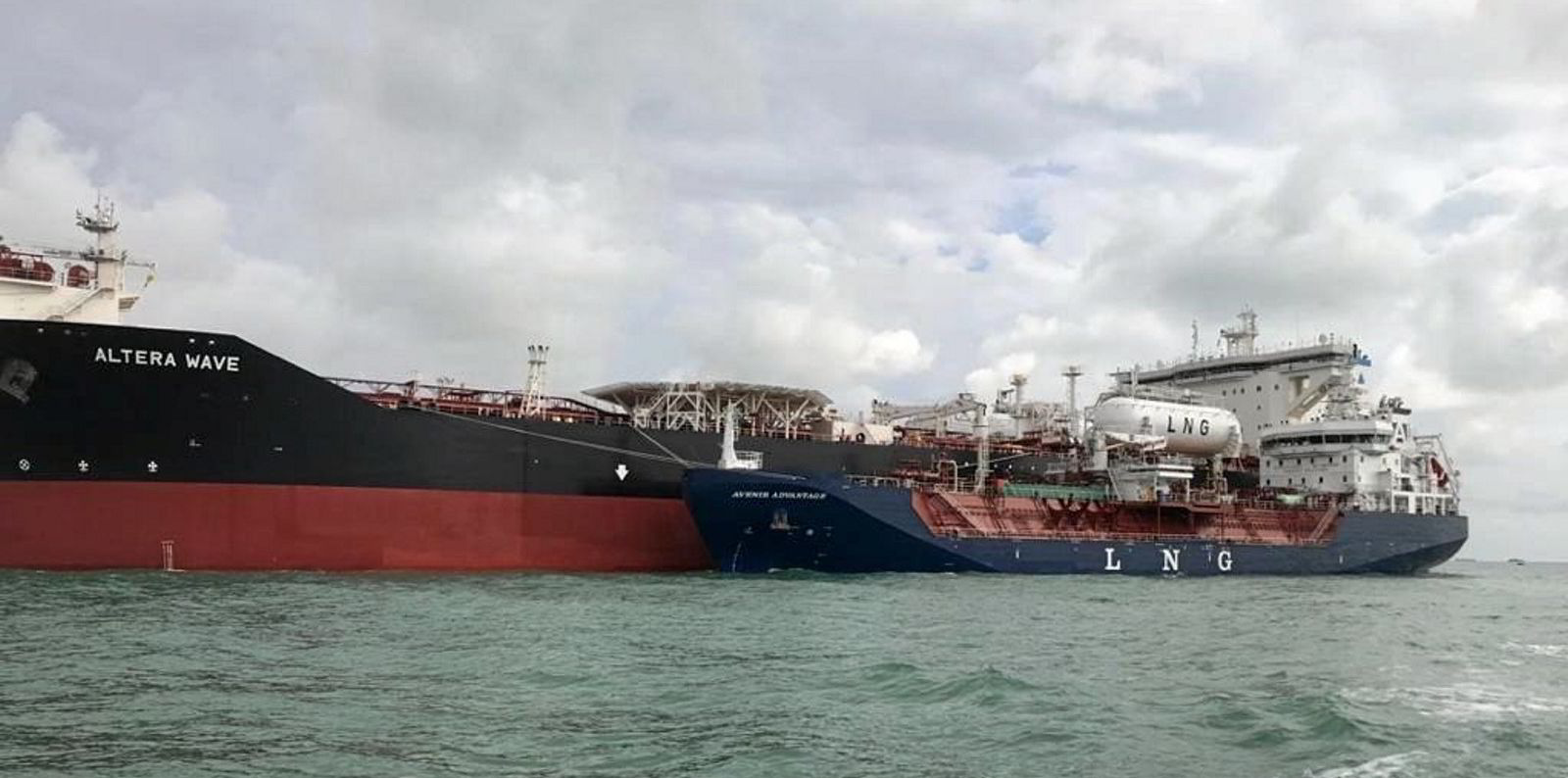Norway's Cryo Shipping and Dutch-based Titan LNG are both claiming to have set the Asian record for the size of vessel fuelled by seaborne LNG.
The contest comes as LNG bunkering continues to ramp up. Both would like to show what their supply networks and their fleets can do. The size of LNG fuel stems are growing, as is the fleet of large vessels with LNG propulsion.
Unfortunately for the keepers of the statistics, there are dozens of ways of measuring sizes of ship, so the contest is difficult to judge.
Cryo recently claimed Altera Infrastructure's 103,500-dwt shuttle tanker Altera Wave (built 2021) was "the largest LNG-powered merchant ship to be supplied with LNG from a bunker vessel in Asia and Oceania".
The Bergen-based bunkerer completed the refuelling on 24 January in Malaysian waters off the Singapore Strait, using LNG from Petronas and Avenir's 7,500-cbm LNG bunkering vessel Avenir Advantage (built 2020) on spot charter.
But representatives of Titan LNG promptly stepped forward to say Seim Car Carriers' 7,500-ceu Siem Aristotle (built 2020) actually holds the Far East record. Titan LNG bunkered it in Pasir Gudang, Malaysia, late last year, also using the Avenir Advantage.
Which ship was biggest?
In gross tonnage, the car carrier is bigger than the aframax — the Siem Aristotle is 72,900 gt against the Altera Wave at 67,383 gt — but at 19,000 dwt it has a fraction of the carrying capacity.
However, the tanker is longer than the car carrier — 245 metres versus 200 metres — but then the car carrier's 13 decks would ride much higher.
The size of the stem would seem to matter more, and is certainly easier to measure. Titan pumped 3,000 cbm of LNG into the Siem Aristotle for its intercontinental voyage, while the shuttle tanker only needed 1,800 cbm.
However, neither job is close to a world record.
Last March, Titan LNG supplied 7,600 cbm to Heerema Marine Contractors' semi-submersible crane vessel Sleipnir in Rotterdam, using Anthony Veder's 10,000-cbm LNG carrier Coral Fraseri (built 2010).





